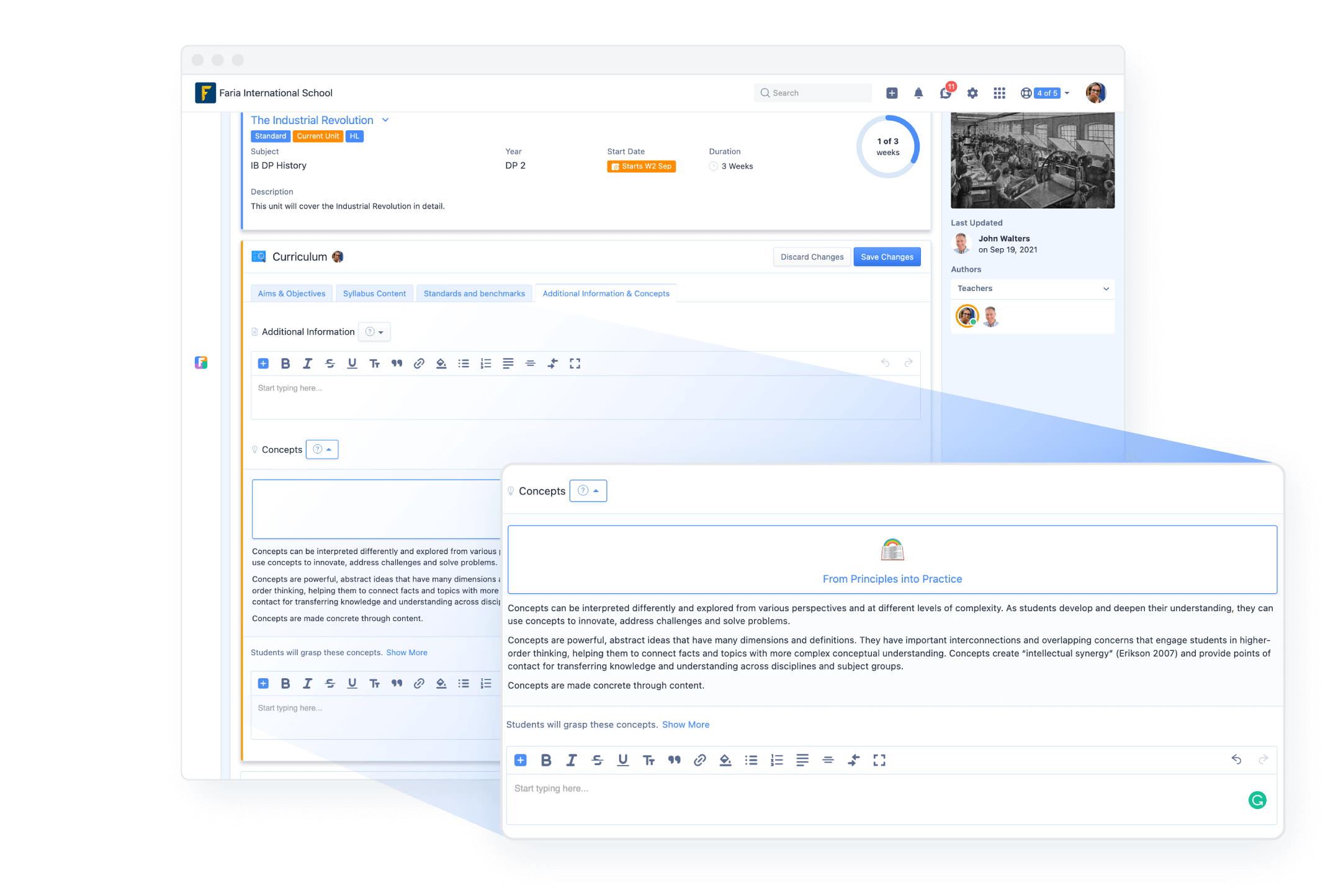
Hexagon thinking
I have been looking for alternative ways of assessment. As IB teachers, while it is important to familiarise our students with IB-style questions and past papers, this constant drilling can become tiresome. A favourite teaching website of mine is Cult of Pedagogy, and this article about hexagon thinking got me excited to adapt it for the IB History classroom. The idea is to put an event or idea onto a hexagon and then try to link these ideas together to form connections. Because you are using hexagons, you can connect up to six events or ideas to each hexagon. Once these ideas have been linked together, you then have students explain the connections that they have made. This activity has direct links to the concept of causation, as you are asking students to explain the connections and also to judge their effect. You could also link this activity to significance. The great thing about this activity is that even given the same terms, students will come up with any number of connections.The logistics of hexagon thinking
Step 1: Choose terms
The first step for this activity is to choose 12-15 terms that you want your students to connect. These terms can be individuals, laws, events or anything historical. Alternatively, you could have students come up with their own terms.Step 2: Sort hexagons
Students then put these terms into each hexagon and sort these hexagons to show the relationships and connections between the terms. Students could either do this entirely on a Google Slide or you could print hexagons out beforehand and have the students arrange their hexagons paper.Step 3: Find connections
After students have arranged the hexagons to show the connections they found, they will place arrows next to their most complex connections (in chronological order).Step 4: Explain connections
In step four, students should explain the connections they made, ensuring the terms they connected are used in their explanations.Step 5: Gallery walk and debrief/discussion
As the final step, it is always useful to have students debrief and participate in a ‘gallery walk’. Gallery walks allow students to see other possible connections that have been made. It makes any discussion afterward much richer.Sample
Here is an example for IB History. This is taken from Prescribed Subject 2: Conquest and its impact, Case Study 2: The conquest of Mexico and Peru (1519-1551).Step 1: Choose terms
 First, we place the terms into the hexagons:
First, we place the terms into the hexagons:

Step 2: Sort hexagons

Step 3: Find connections

Step 5: Explain connections


Step 6: Connect Concepts (Optional)
Now is the opportunity to bring back the concepts in the course. Are students able to link the History concepts of perspectives, change, continuity, causation, consequence and significance to their diagrams? Where are they able to identify these within their diagrams? This hexagonal thinking activity is a great way to begin to look at the IB History concepts; moreover, it allows for teachers and students to move away from focusing solely on past paper questions. When looking at the IB Approaches to Learning skills, it focuses on critical thinking and communication (when you have students work in groups). It could also be used in a number of different ways. You could use hexagons to help with the organisation of essays by having students cluster different groupings of hexagons together to help them categorise terms and events (especially with “to what extent” type questions). This alternative use of hexagonal thinking would help avoid narrative essays.Unit planning with ManageBac
Within unit plans it is possible to activate a dedicated area to record the teaching of Concepts. This can be done in the IB Diploma Curriculum Settings.
About the Author

Like what you see? If you’re looking for a learning platform that is fully aligned to the IB curriculum, ManageBac is for you! Contact our team to discuss how we can support your school. Contact Sales
The Learning Management Digest
Subscribe today to receive our latest resources, events, updates and so much more – specially curated for you, and delivered straight to your inbox.
